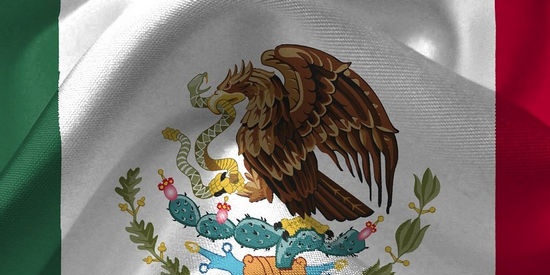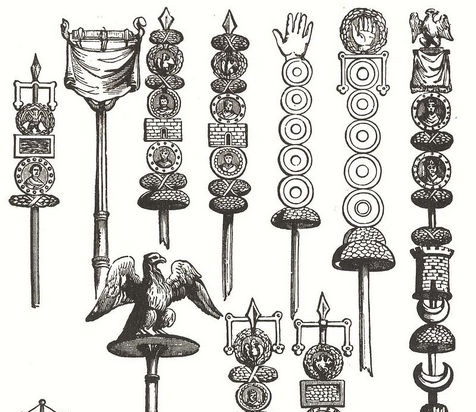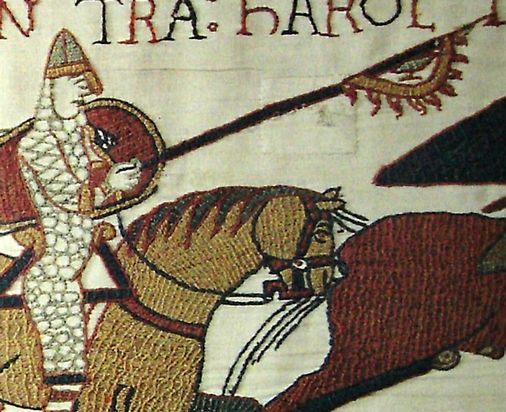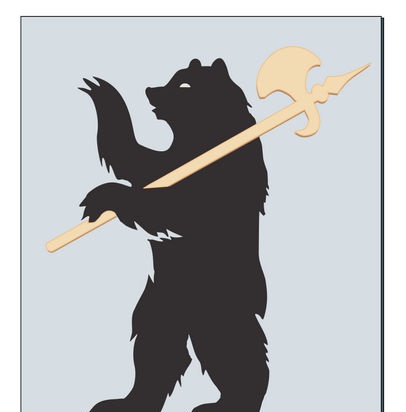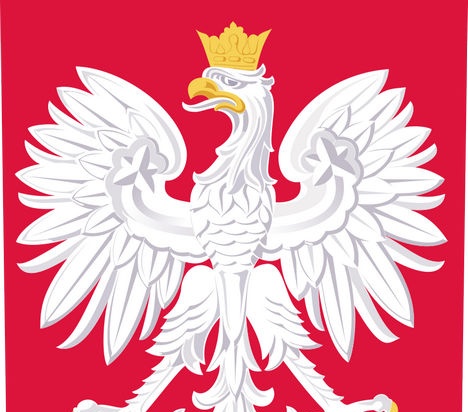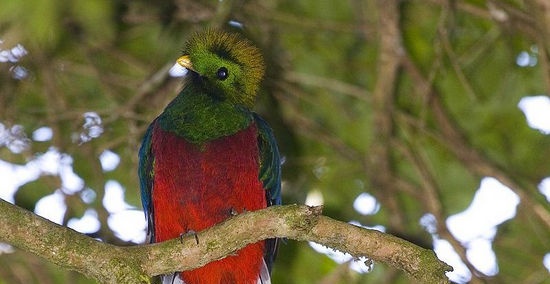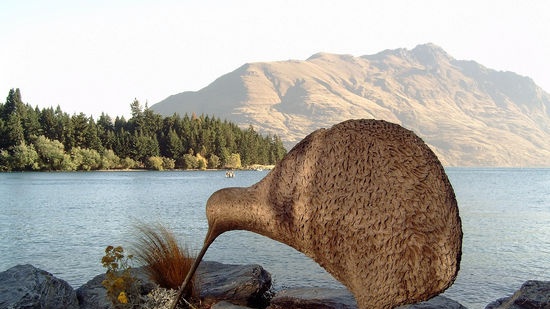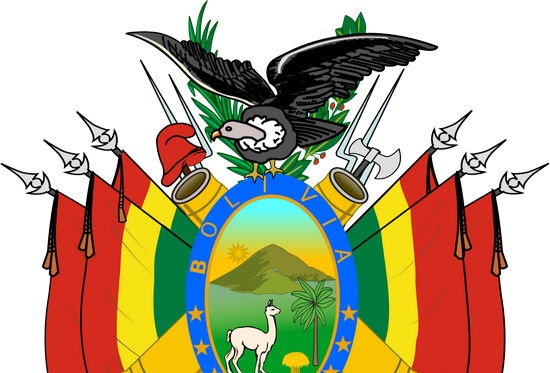Where the eagle tore the snake ... |
|
Now all that remained was to fulfill the long-standing order of the Aztec priests - to settle where an eagle would be seen sitting on a cactus and devouring a snake. So, on two small islands in the middle of the lake, the city of Tenochtitlan arose - present-day Mexico City, the capital of Mexico. In full accordance with the legend, the Mexican state emblem is decorated with a brown eagle sitting on a cactus with a green snake in its claws. Coats of arms have been known since ancient times. Even the Sumerian states in the III millennium BC, era had an emblem - an eagle with a lion's head. There are also known symbolic images of a snake in Egypt, an eagle in Persia (the eagle was also the emblem of Rome), a crowned lion in Armenia. The ancient Greeks had an owl as a symbol of Athens, a winged horse - Corinth, a peacock - Samos, etc. In ancient times, not only cities had emblems. Symbolic images of animals and birds were the signs of tribes, they were also placed on battle flags. As Tacitus wrote, the people of the Aestian tribe inhabiting the Baltics wore the image of a boar: “Aestia is worshiped by the foremothers of the gods and as a distinctive sign of their cult they wear images of boars; they replace weapons with them and protect those who honor the goddess even in the midst of enemies. " In addition to the Aestians, images of the boar were also worn by some Germanic tribes, for example, the Anglo-Saxons: the boar personified indomitability and ferocity. Images of animals were often adorned with military banners; they were placed either on a shaft or on a panel. This tradition dates back to a very long time. The ancient Romans had a silver image of an eagle placed on the shaft as a legion badge. On Roman banners, a wolf was also depicted - the sacred animal of the god of war Mars. Among their opponents, the Cimbri, the image of a copper bull was considered a military banner. It is curious that the leader of the uprising of Roman slaves Spartacus chose as a symbol ... a cat. Here is what is told about this in the famous novel by R. Giovagnoli "Spartacus": “And when, after defeating Titus Servilian, he entered Pompey, he ordered a badge for the first legion of gladiators. On the shaft, where the Romans had an eagle fortified, Spartacus ordered to attach a red cap - the headdress of the slaves, whom their masters were going to set free; under the hat he ordered to nail a small bronze image of a cat, because the cat - the most freedom-loving animal, according to mythology - was placed, as a symbol, at the feet of the Statue of Liberty. " On the banner of the warlike Vikings was a raven. In the Georgian novel "Visramiani" of the late 12th century, we read: "On one panel was a lion, on the other - a peacock, on the third - an eagle, on the fourth - a kite." Let's return now to the coats of arms of cities and states. More than six hundred cities - large and small - were in pre-revolutionary Russia, and each had its own coat of arms. Bears settled on the coats of arms of Perm and Yaroslavl: archaeologists have established that the cult of the bear existed in these two regions since ancient times. The image on the coat of arms of Nizhny Novgorod (now the city of Gorky) corresponded to the local cult of the elk; in the 18th century, the elk was replaced by the deer. But the Irkutsk coat of arms reminded of the fur wealth of Eastern Siberia: on it, a black beaver held a bright red sable in its teeth. Three sterlets on the emblem of Saratov symbolized the abundance of fish in the region. The coat of arms of Evpatoria was decorated with a golden head of a ram, "meaning the convenience of the Tarkhan kut for raising gray sheep." A white goat looks from the old coat of arms of Samara, from the coat of arms of Baku - a tiger and a loaded camel. A lot of interesting things can be learned from heraldry - the science that studies the emblems of cities and states. Polish tradition says that the legendary prince Lech founded his capital, Gniezno, in the place where he saw the nest of a white eagle - exactly the same as that depicted on the state emblem of Poland. In a laurel wreath on crossed rifles with bayonets and two sabers sits a quetzal, a bird with a bright green back and red chest - this is the coat of arms of Guatemala. Even among the first inhabitants of the country - the Maya Indians - quetzal was considered a sacred bird, because it does not tolerate captivity at all. The wingless kiwi bird is considered the real queen of the bird kingdom of New Zealand, and it is no coincidence that it is depicted on the coat of arms of the republic. On some coats of arms, there are whole symbolic pictures-landscapes: a trumpeting white elephant under a palm tree (Ghana), a lama and a condor with a laurel wreath (Bolivia). Almost all the typical representatives of the peculiar fauna of Australia are depicted on the coat of arms of this country: kangaroo, ostrich, penguin and swan. A traditional lion, obviously of British origin, entered the exotic company quite inappropriately. The coat of arms of Great Britain has three golden leopards at once, two lions - gold and bright red - and a green horse. There were several animals on the old Mongolian coat of arms: a cow, a camel, a goat - and even the head of a sheep. The new state emblem of the Mongolian People's Republic, approved in 1960, bears the image of two fish forming a circle: in eastern symbolism, the fish has long served as a symbol of wisdom. A stormy debate once flared up in the United States of America, when the question of the draft state press was discussed there. President Benjamin Franklin proposed to have a turkey engraved on it. Others suggested depicting a bald eagle, which Franklin categorically rejected because the eagle is prone to the bad habit of taking fish from other birds, its rightful owners. Alas, in this case they did not listen to the president's voice, and the robber-eagle, and not the peace-loving turkey, became the symbol of the United States. And here's the irony of fate: the symbol bird, over which the controversy was fought, is now almost completely exterminated - just like the bison depicted on US coins. Most often, along with the coat of arms of the country, images of animals also fell on state flags. Who can you not see on them: an eagle and a lion, an elephant and a llama, a condor and a horse, a crowned crane ... Krasnopevtsev V.P. - Seagulls on a pedestal |
| Kuna and Veveritsa | The oldest inhabitants of space |
|---|
New recipes
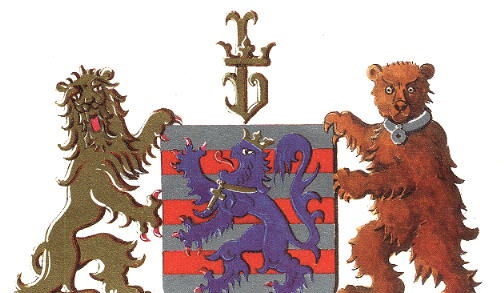 An ancient Indian legend tells of the long wanderings of the Aztec tribe in search of a place to settle. Many days and nights passed before the exultant exclamation of one of the Indians was heard - having sharp eyesight, he was the first to see an eagle with a snake in its claws.
An ancient Indian legend tells of the long wanderings of the Aztec tribe in search of a place to settle. Many days and nights passed before the exultant exclamation of one of the Indians was heard - having sharp eyesight, he was the first to see an eagle with a snake in its claws.